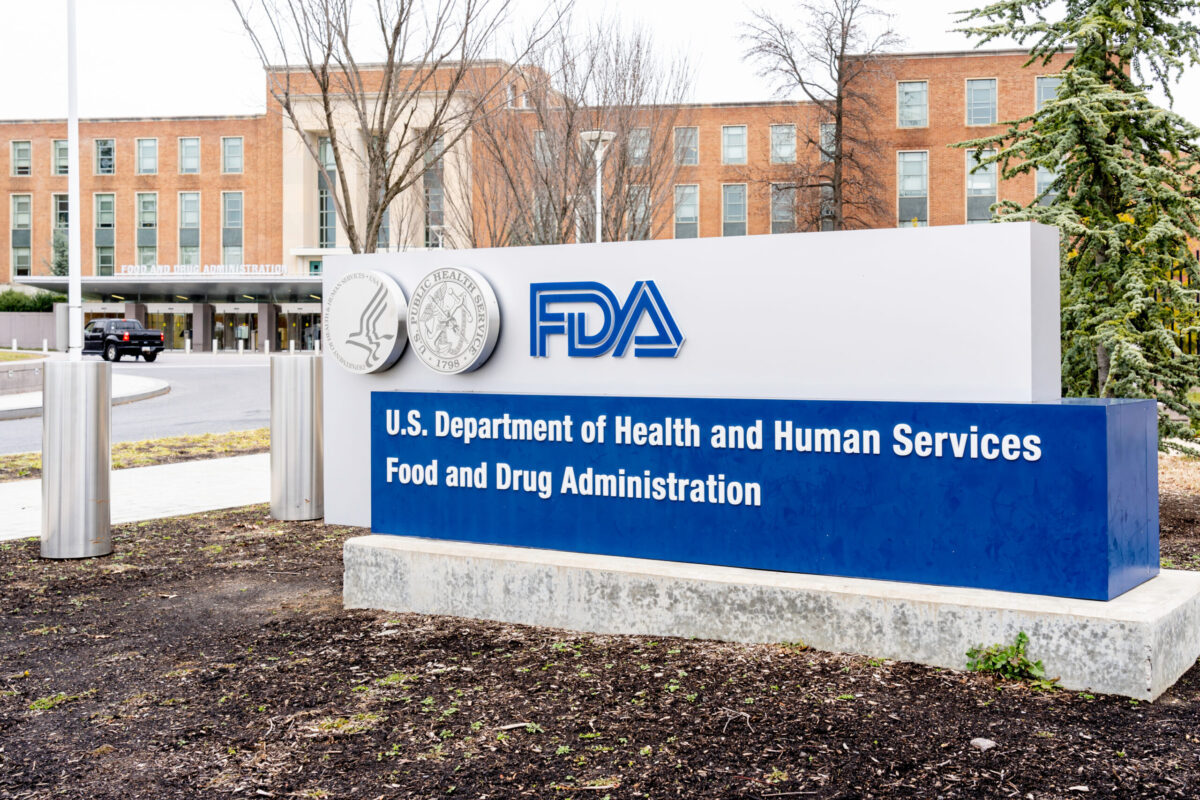According to some estimates, three out of four adults over the age of 50 take at least one prescription medication. However, new results from the National Poll on Healthy Aging suggest that less than half of these older Americans talk to a medical professional to ensure their medications are compatible with one another.
Contraindications between multiple prescription medications, over-the-counter (OTC) drugs, supplements and certain food and drink products can have an impact on the effectiveness of the treatments, and could even pose a health risk if the wrong medications are mixed. Older adults may be unknowingly increasing their chances of experiencing medication-related health problems if they aren’t talking to their doctor or pharmacist about the issue.
“Interactions between drugs, and other substances, can put older people at a real risk of everything from low blood sugar to kidney damage and accidents caused by sleepiness,” said Dr. Preeti Malani, the director of the poll and a professor of internal medicine at the U-M Medical School. “At the very least, a drug interaction could keep their medicine from absorbing properly. It’s important for anyone who takes medications to talk with a healthcare professional about these possibilities.”
The National Poll on Healthy Aging was conducted by researchers at the University of Michigan Institute for Healthcare Policy and Innovation. The investigators polled 1,690 older Americans between the ages of 50 and 80 in order to get a representative sample of the population.
According to the recent poll, only 33 percent of those who reported to take at least one prescription drug had talked to a healthcare professional about possible contraindications in the past two years. Even more concerning, only 44 percent of patients taking six or more different drugs had this discussion with their doctor or pharmacist.
Other results from the survey suggest that the number of healthcare providers involved with a single patient could have an effect on the dissemination of drug information. One in five of those surveyed said they use multiple pharmacies to fill their prescriptions, while three in five see more than one doctor at any given time.
Over half – 63 percent – said they believed that their primary physician and pharmacist take an equal role in identifying and advising on any potential contraindications. However, only 36 percent could say with any certainty that their pharmacist is aware of other medication they are currently taking when they fill a prescription.
According to Malani, some pharmacy computer systems are able to automatically alert the user if a contraindication is detected, which can help address this problem. But she also encourages patients to take an active role in their own healthcare by writing down the names and doses of medications they’re currently taking, as well as being honest with healthcare providers about potentially sensitive topics like alcohol consumption.
“Even with trackers and systems in place, patients need to be open with their providers and tell them all the medications and supplements they’re taking, including herbal remedies,” said Dr. Alison Bryant, senior vice president of research for American Association of Retired Persons (AARP). “It’s especially important for older adults to be vigilant about this because they tend to take multiple medications.”












Join or login to leave a comment
JOIN LOGIN